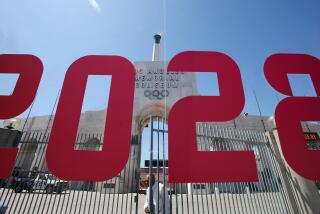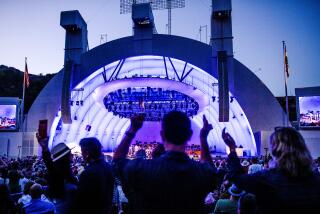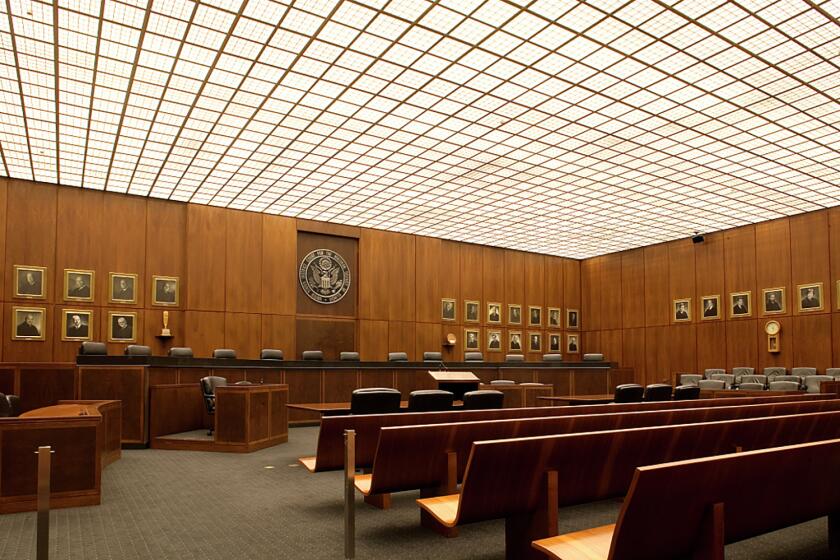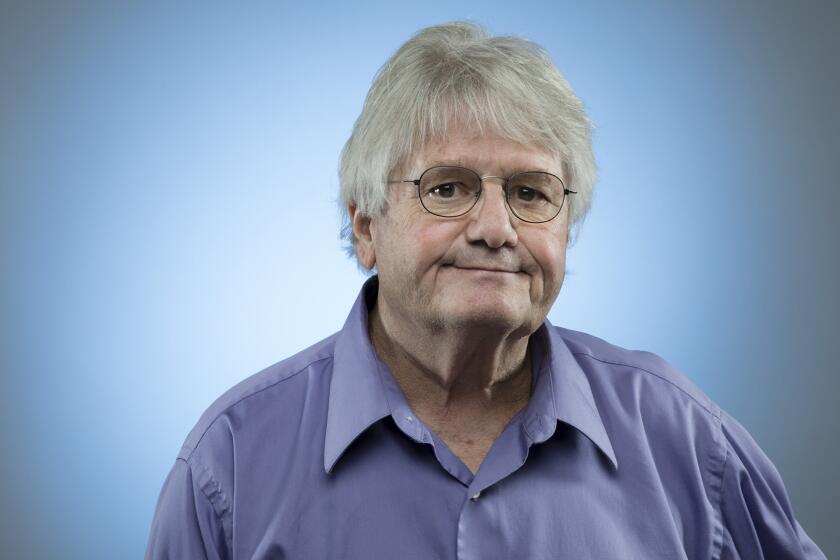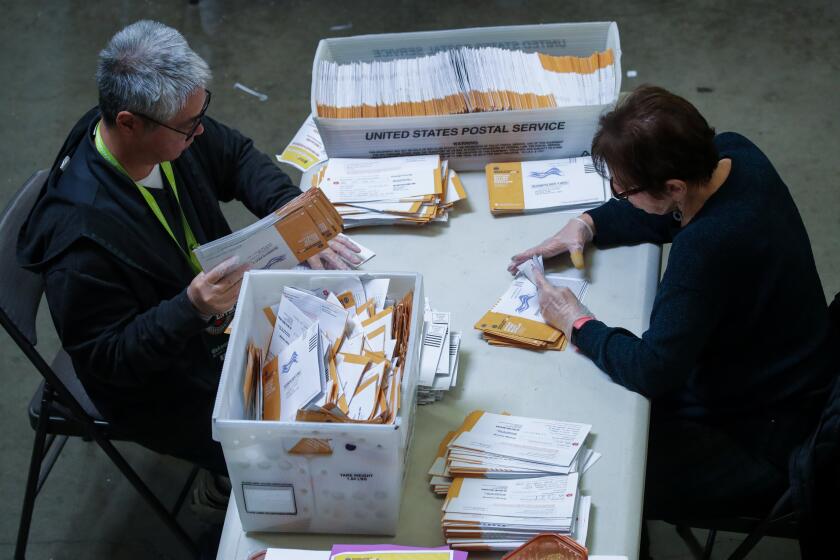A win-win scenario for Farmers Field
If it is built, the proposed 72,000-seat Farmers Field stadium in downtown Los Angeles will bring many benefits but also major traffic congestion. Despite an optimistic estimate that 20% of patrons will ride public transit on a weekday, and 15% on weekends, the project’s environmental impact report says almost 20,000 cars will also arrive for events there.
Anschutz Entertainment Group, the stadium’s developer, has promised to accommodate all these cars. But AEG should also give patrons an incentive to ride public transit and leave their cars at home. Other stadiums have greatly increased transit ridership by contracting with public transit operators so that all ticket holders can ride trains and buses free on game day.
The 72,000-seat Husky Stadium in Seattle, for example, contracts with Seattle Metro to allow game tickets to serve as transit passes on game days. The share of ticket holders arriving by public transit jumped from 4% the year before the program began in 1987 to 20% in 2008, according to the University of Washington.
In Los Angeles, bundling transit rides with game tickets means treating each ticket as a Metro day pass. Metro charges $5 for a day pass, but AEG would pay Metro this $5 only if a ticket holder rides transit on a game day. If 20% of ticket holders ride Metro to Farmers Field, AEG’s cost for offering free transit to everyone would therefore average only $1 a ticket.
Fare-free or subsidized public transit is already common for specific groups in Los Angeles, and it works well. Cal State Long Beach and Santa Monica College, for example, offer fare-free transit for all students, and the ridership increases have been dramatic. When UCLA contracted with Santa Monica’s Big Blue Bus in 2000 to offer fare-free transit for all students, staff and faculty, bus ridership for commuting to campus rose 56% and solo driving fell 20% during the first year of the program. More than 1,000 solo drivers gave up their parking spaces. Ridership subsequently fell in 2003 when UCLA began to charge users a copayment for each ride.
AEG has stated that it intends to make Farmers Field a transit-oriented development that will increase transit use and decrease auto use. Nevertheless, AEG still plans to build two parking garages to accommodate the 20,000 cars that the stadium is expected to draw. Because peak travel demand at a stadium occurs infrequently, adding public transit service on game days would be much cheaper than building enough parking spaces to satisfy all these occasional drivers. By offering free transit to all ticket holders, AEG can reduce traffic congestion and the cost of building garages.
If AEG builds fewer parking spaces, it can use what it saves on construction to pay for the free transit passes that will reduce parking demand. Furthermore, bundling transit passes into ticket prices will also provide a reliable new revenue stream for public transportation. Metro will have the money to increase transit service to Farmers Field because AEG will pay for the added event ridership.
Including free transit in ticket prices offers obvious benefits to everyone who rides a bus or train to Farmers Field. Reduced traffic congestion and competition for parking spaces will also benefit those who drive to the stadium. And because many spectators drink at games, including transit passes in the ticket prices might even reduce drunk driving on the way home.
Farmers Field is the perfect place to offer a transit-pass program because it is a short walk from two rail stations and 35 bus lines. Metro expects to complete two new rail projects — the Expo Line to Santa Monica and the Gold Line extension to Azusa — before the stadium opens. Other transit agencies, such as the Big Blue Bus and Long Beach Transit, could also participate in the program.
AEG has stated that it may offer some discount for the use of public transit, but it doesn’t need to wait until Farmers Field is completed to show its commitment to reducing traffic congestion. AEG can start by offering free transit with tickets for events at its nearby Staples Center and Nokia Theater. If the experiment works well, Farmers Field will look like a better bet for Los Angeles.
Donald Shoup is a professor of urban planning in the Luskin School of Public Affairs at UCLA, where he has served as chair of the Department of Urban Planning and as director of the Institute of Transportation Studies.
More to Read
A cure for the common opinion
Get thought-provoking perspectives with our weekly newsletter.
You may occasionally receive promotional content from the Los Angeles Times.

